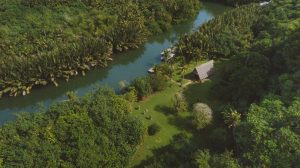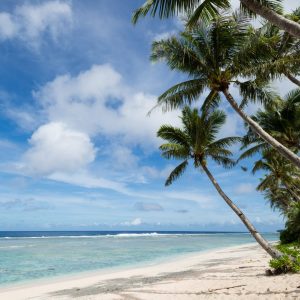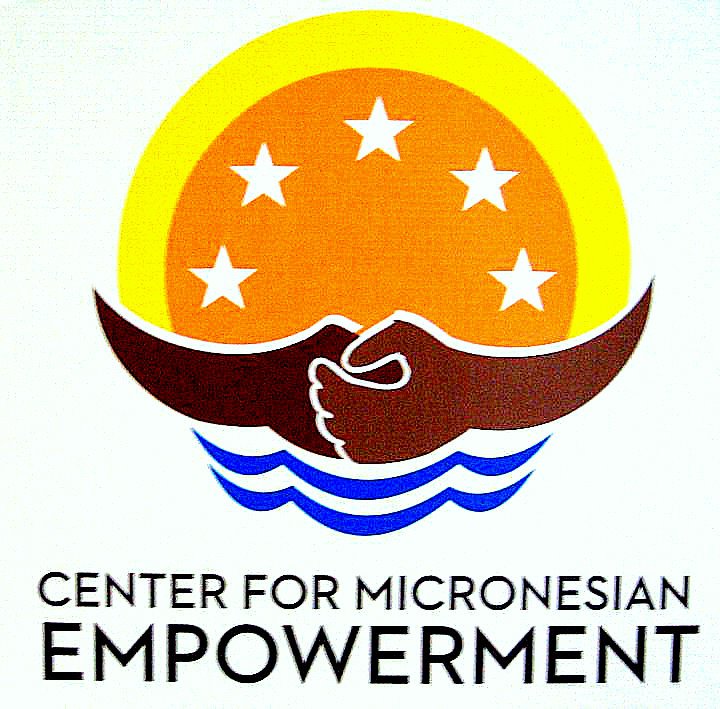
The Challenge
As the economies of Guam and the CNMI continue to grow, the potential demand for skilled labor has exceeded the capacity of the workforce in the Marianas. Adversely, the growing labor force in the Federated States of Micronesia (FSM) has increased at a rate that has outpaced expansion of private sector employment in Micronesia. There are too few jobs to meet the needs of the population. Factor in the unobstructed immigration policies of the United States with regard to the FSM and the result has been one of the highest rates outmigration in the world. The FSM’s largest export to Guam, Hawaii and the continental U.S. has been people. The cessation of migration from the FSM is not realistically going to be curtailed. Given the need for labor in Guam and the CNMI caused by the military buildup and the expansion of tourism, the Center for Micronesian Empowerment approached our team to determine if the perceived problem of FSM migration might possibly become an opportunity to increase regional workforce participation and reduce the need for importation of foreign temporary labor from the Philippines and other countries eligible for H2 and H2b visas.
The MR&D Approach
Our team was instrumental in forming the Center for Micronesian Empowerment (CME) from within the business community. The organization was and remains dedicated to developing and pursuing initiatives to increase employment of not only migrants but all residents of Guam and the CNMI. Our team created an effective strategy to acculturate, socialize, train and place workers from Micronesia in unsubsidized employment on Guam. That strategic approach has been endorsed and adopted by the Micronesian Chief Executive Summit (MCES), the Association of Pacific Island Legislatures (APIL) and the U.S. Department of labor. CME’s work has provided the foundation for the execution of the first regional workforce development strategy in the region’s history. Currently, the U.S. Department of Labor, the U.S. Department of Interior, and National Congress of the FSM in in the process of evaluating and implementing that strategy. The strategy was developed based on three specific areas of focus that CME believes to be the basis for its success in placement and retention of its participants through its program: workforce assessment, workforce skill development, and workforce support.
The Outcome
The CME program has produced the most successful workforce development program in the region. CME has successfully graduated and found employment for 270 Pacific islanders not from Guam. These participants were transported to Guam, housed, fed, assessed, trained, counseled and placed in construction related employment. The funding for these participants comes from the Federal Highway Administration, the Economic Development Administration and the Department of Interior. The Department of Interior has spent in excess of $1,000,000 for residents of the FSM specifically to participate in the CME program. CME’s current success rate shows 89% of participants successfully complete the training program while 94% are successfully placed in employment. CME is now on the verge of expanding its programs and offerings through various government grants.
Additional Projects:
- All
- Brand Refresh Research
- Marketing & Consulting Services
- Qualitative Research
- Quantitative Research
- Strategic Planning & Consultation


Strategic Planning

Personal Finance Center – Brand Refresh Research

Access Stakeholder Engagement and Inventory – Bureau of Statistics and Plans – Qualitative Research

Survey of Tourism Attitudes of Residents (STAR) – Guam Visitors Bureau – Qualitative Research

Medical Practice Satisfaction Survey – FHP Health Center – Quantitative Research
We'd love to speak with you about developing your business!
Email our team
admin@mrdmicronesia.com
